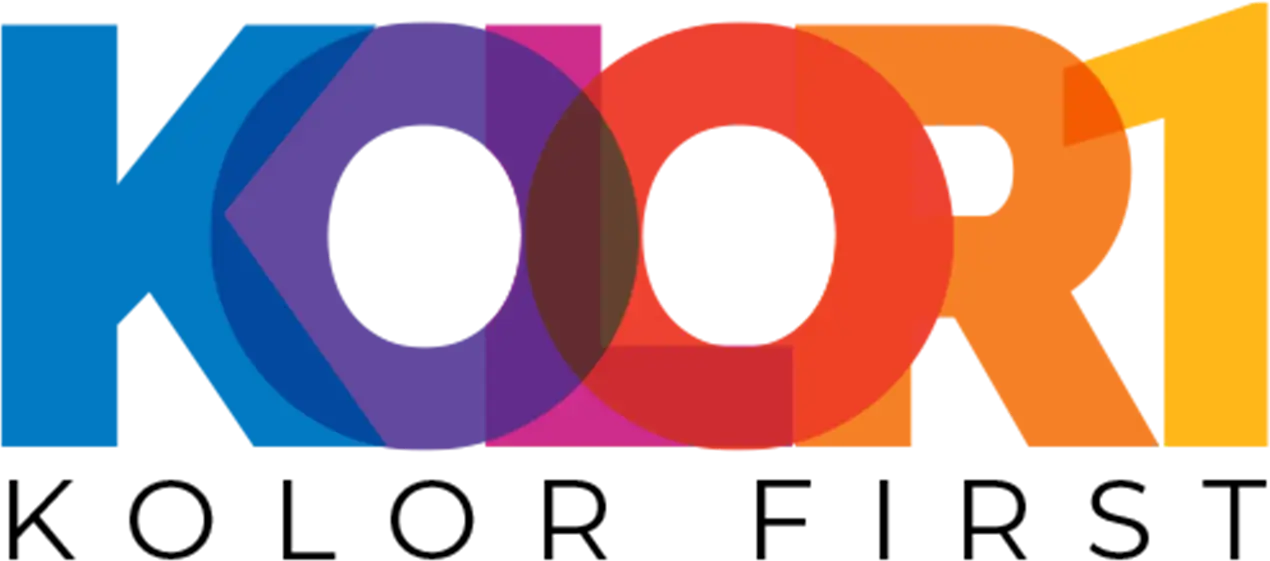A well-crafted Call-to-Action (CTA) is one of the essential components of any marketing campaign, website, or product landing page. Whether you are trying to make a purchase, get users to sign up for a newsletter, or download an eBook, your CTA’s effectiveness can influence the success of your efforts.
But, what makes a CTA compelling? Well, the answer lies in psychology, understanding human behavior, and designing CTAs that resonate with emotions, urgency, and incentives. In this blog, we are going to explore the science and psychology behind effective CTAs and strategies that you could use for optimizing them to get higher conversion rates.
What is a Call-to-Action (CTA)?
Before we get started with psychology, it is important to define a Call-to-Action (CTA). To put in simple words, a CTA is basically a prompt that helps users to take a particular action in an app, webpage, or advertisement. Some examples include “Sign Up,” “Learn More,” “Get Started,” or “Buy Now.”
CTAs are very important in guiding the user journey, making them powerful marketing tools and user experience designs. However, to unlock their full potential, you must understand human psychology.
Understanding the psychology behind CTAs
Human psychology plays a critical role in how CTAs are perceived and how users respond to them. Here is a deeper dive into the psychological principles that influence CTA effectiveness:
a) The power of urgency and scarcity
One of the most common psychological triggers that is widely used in CTAs is urgency. This makes people act faster when they perceive an opportunity as scarce or time-sensitive. Phrases such as “Limited Time Offer,” “Hurry, Only 2 Left!” or “Sale Ends in 12 Hours!” get them into the fear of missing out and motivate users to take action quickly.
The idea of shortage triggers our instinct to act now so that we do not lose the opportunity. When you use them strategically in CTAs, urgency and scarcity can take conversions to a different level.
b) Reciprocity
Reciprocity is the psychological principle that suggests people feel compelled to return favors. When you design effective CTAs, trying to offer something of value upfront can be a powerful motivator. A CTA that offers something useful, like “Download Your Free E-Book” or “Get a Free Consultation,” can tempt users because they feel they are receiving value without an immediate commitment.
The idea is to create a CTA that reflects a win-win scenario, where the user feels they are gaining something useful, even before completing an action.
c) Social proof and trust
Humans are social creatures and we often look to others to guide our decisions. This is why social proof, like reviews, testimonials, and success stories, can make CTAs more effective. A CTA teamed with social proof such as “Join 10,000 Happy Customers” or “See Why Everyone Loves Our Product” builds trust and boosts the chances of action.
People are more likely to act when they see others doing the same, particularly if they can relate to those others.
You May Also Like: Why Responsive Web Design Is Critical for Mobile SEO?
CTA placement techniques
The placement of your CTA plays an important role in its effectiveness. It is not just about what the CTA says but also where it is located on the page. The right placement can make your CTA more visible and increase the chances of a user clicking it.
a) Above the fold
One of the most common CTA placement techniques is positioning your CTA above the fold, the area of the webpage that is visible without scrolling. This ensures that visitors can immediately see the CTA without any effort. However, while placing your CTA here makes it easily accessible, you must ensure the value proposition is clear to justify an immediate click.
b) At the end of engaging content
Another effective placement technique is to place your CTA at the end of engaging content, like blog posts, videos, or product descriptions. After consuming content, users are often in a decision-making state and ready to act. You need to ensure your CTA is a natural extension of the content, like “Download the Full Guide” or “Shop Now.”
c) Sticky CTAs
A sticky CTA remains visible as the user scrolls down the page. These are often seen as floating buttons or banners that follow the user. Sticky CTAs can increase conversions by providing continuous visibility throughout the user’s journey, especially when the call to action is tied to a benefit that appears relevant at multiple stages.
User behavior and CTAs
Understanding user behavior is crucial for creating effective CTAs. Analyzing how users navigate your website or app helps you design CTAs that are more likely to lead to conversions.
a) Emotional triggers
Human emotions play a huge role in decision-making. A CTA that appeals to emotions like “Feel Better Today” or “Start Your Fitness Journey Now” can resonate more deeply with users. Emotional triggers, such as excitement, relief, or hope, make users more likely to take action.
b) Simplicity and clarity
Clarity is one of the most important aspects. CTAs that are direct and simple are far more likely to succeed than those that are confusing or overly complicated. A clear and action-oriented phrase like “Get Started” or “Sign Up Free” is much more effective than something vague like “Click Here.”
c) Visual cues
People tend to follow visual cues on a webpage, which means that effective CTAs must stand out visually. Design elements such as arrows, contrasting colors, or bold typography can direct a user’s eye to the CTA, increasing the chances they will click it.
You May Also Like: What are the Top Trends in Digital Marketing for 2025?
Action-oriented CTAs
Action-oriented CTAs focus on verbs that encourage users to take specific actions. These CTAs should be clear, concise, and tell users exactly what to do.
a) Use of imperatives
Imperative verbs like “Buy,” “Join,” “Download,” and “Get” create an immediate sense of urgency. They command the user to take action, which can be highly effective. The use of active language makes the user feel more empowered to engage with the CTA.
b) Tailoring CTAs to the user journey
Personalizing CTAs based on where the user is in their journey can also drive higher engagement. For example, someone who is just starting to explore a product might see a CTA like “Learn More,” while a user ready to make a purchase might see “Buy Now.”
Color psychology in CTAs
The color of your CTA button can make a significant difference in user engagement. Color psychology explores how colors influence emotions and behavior, and it can be leveraged to enhance the effectiveness of CTAs.
a) Red
Red is often associated with urgency, excitement, and action. It stimulates the senses and encourages quick decision-making, which is why it is frequently used in CTAs like “Buy Now” or “Shop Today.”
b) Green
Green is the color of trust, stability, and growth. It is often used in CTAs that invite users to take positive actions, such as “Sign Up” or “Get Started.” It also has a calming effect, which can help users feel more comfortable with their decisions.
c) Blue
Blue is linked to trust and security, making it a great choice for CTAs that involve sensitive actions, like “Subscribe” or “Join Now.” It gives users a sense of reliability and safety, which is especially useful for financial or personal data-oriented actions.
d) Contrast
When designing CTAs, using contrasting colors that stand out from the surrounding page elements can make them more noticeable. Ensure that the CTA button does not blend into the background, it should draw the user’s attention immediately.
Bottom line!
Effective Call-to-Actions (CTAs) are a combination of psychology, design, and strategy. By understanding human behavior, crafting action-oriented messaging, choosing the right colors, and strategically placing CTAs, you can significantly increase your conversion rates. The key is to continuously test, optimize, and refine your approach.
Remember that CTAs are not just buttons, they are powerful tools that guide users toward taking meaningful action. By implementing smart CTA optimization strategies, you can drive more engagement, achieve your marketing goals, and ultimately build stronger relationships with your audience.






